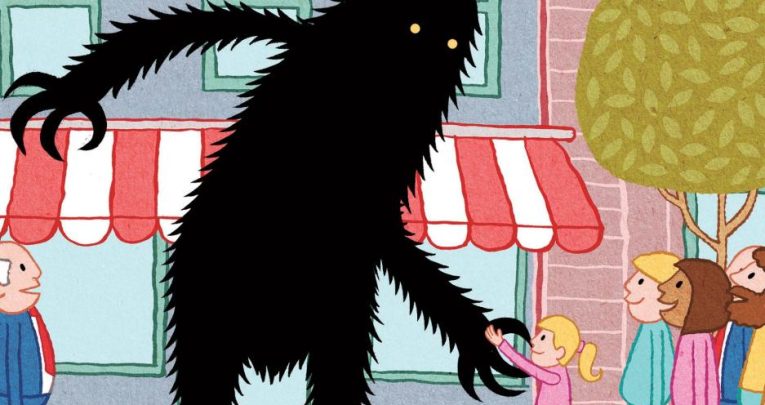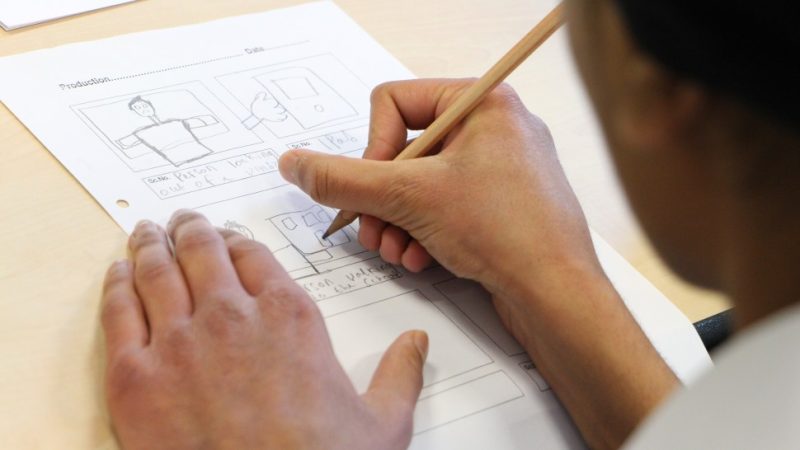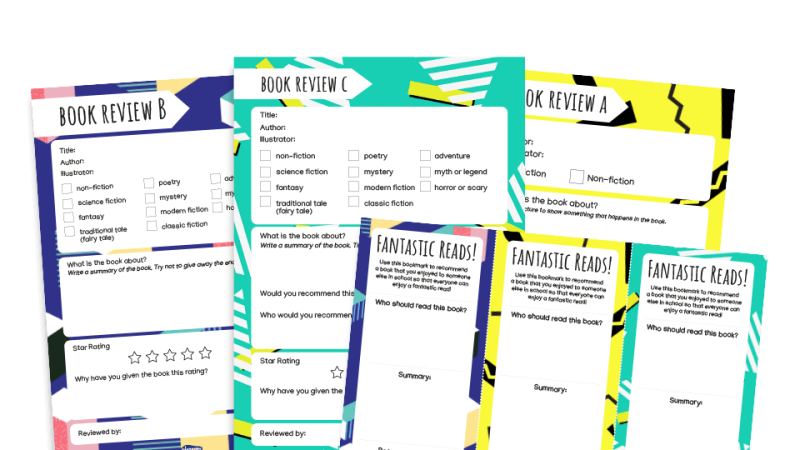Brilliant Books That Motivate Children To Become Readers And Writers

Want to engage and motivate children as readers and writers? Then choose brilliant books, and use them brilliantly, says Charlotte Hacking

The use of high-quality books within the reading curriculum should be at the heart of any school’s approach to engaging and supporting children to become motivated and independent readers.
Quite simply, if children enjoy reading, they will do it more frequently and become better at it. So, from CLPE’s research into the role of core books for teaching English – and through our work with schools that have implemented this approach – what have we learnt about how to choose and use texts in the classroom?
First, it’s important that schools have a collection of books from a wide and diverse range of children’s authors, illustrators, genres and forms. There are various resources that can help with this: CLPE’s Core Books Online database contains books that have been tried, tested and found to work successfully in classrooms, while websites such as Books for Keeps (booksforkeeps.co.uk) and Letterbox Library (letterboxlibrary.com) and magazines such as Carousel (carouselguide.co.uk) share regular reviews of new children’s books and offer further suggestions for a diverse range of choices.
It’s also essential that staff become familiar with the ways in which different books can be used to support a variety of reading experiences. Build up a bank of titles that you enjoy, and that you know work in particular contexts. For example, consider stories which lend themselves especially well to reading aloud, those that can be used to support teaching, and those that are better for groups or for individuals.
If all those who work in schools know about the best children’s literature available they will be able to share that with the youngsters they support, and encourage them to be inspired and motivated to read for themselves. Having a bulletin board in the staffroom or a regular slot in staff meetings for teachers to share good books they’ve read or used in class will help spread knowledge of great reads. A dedicated bookshelf where new texts can be sourced and displayed in a central place will help teachers to keep abreast of what is available, and contribute to making reading more accessible and irresistible throughout the whole school community.
Active involvement
Secondly, when choosing and using texts for teaching, the ideal is to plan a sequence of activities that allow deep understanding, and explore different genres within that to enable writing for purpose. Slowly revealing the content of a book works well and captivates children. Reading a book together, engaging in talk about it, and basing drama around it, will draw out meanings and understanding pupils might not otherwise have had. For example:
1. Chris Judge’s The Lonely Beast (Andersen Press, 2011) ‘Role on the Wall’ is a perfect introductory activity to get children to understand the perception of the Beast by others. An imposing giant, he strikes fear into the citizens of the city upon his arrival. Observing this scene through the illustration which comes towards the middle of the story is an ideal starting point to get the children to look at the Beast through the eyes of others before learning how to build empathy for the character and his plight of wanting to find a friend.
Role on the Wall is a technique that uses a displayed outline of the character to record feelings (inside the outline) and outward appearances (outside the outline) at various stopping points throughout the story. Using a different colour at each of the stopping points allows you to track changes in the character’s emotional journey. This text also offers opportunities to produce poetry and non-chronological reports about the different sea animals the Beast meets on his journey, and newspaper articles to convey the Beast’s story.
2. David Almond’s Mouse, Bird, Snake Wolf (Walker, 2013) This book provides opportunities to explore the idea of rights and responsibilities within the context of an engaging illustrated short novel. When the Gods of Ben, Sue and Harry’s world become lazy and nonchalant, they forget to fill the ‘spaces’ left in the world. The children take it upon themselves to create new beasts to fill the gaps, becoming more adventurous at each step.
‘Conscience Alley’ is a useful technique for exploring any kind of dilemma faced by a character, providing an opportunity to analyse a decisive moment in greater detail. Here, it can allow pupils to step inside the story and consider the benefits and consequences of the children’s actions, looking at the choices they make from both sides. The class forms two lines facing each other. One person takes the role of the protagonist and walks between the lines as each member of the group speaks their advice, before the protagonist makes their decision. Debate and argument arising from this activity can also lead to writing arguments for or against the choices the children make.
4 things to consider when choosing books
1. Start with a text that enthuses you rather than shoehorning books in to fit a set topic.
2. Recognise that texts need not always be books. Explore a variety of formats and approaches, including multimedia. This is the case across the full range of literature but has particular pertinence when it comes to information texts.
3. Provide books that allow children to see themselves reflected in what they read and to have the opportunity to investigate other lives, worlds and perspectives in their reading.
4. Ensure there are texts that children can engage with in a variety of ways depending on their views, responses, maturity, tastes and choices.
The Centre For Literacy In Primary Education’s online Core Books resource offers information on a range of different texts and a selection of free primary teaching sequences; further texts and materials to support English teaching can also be found at the CLPE’s Power of Reading project












